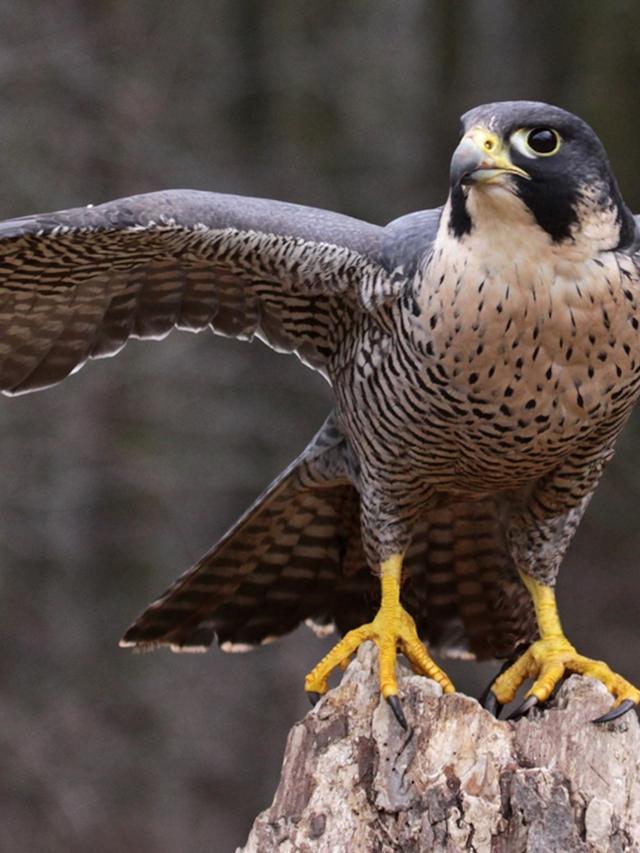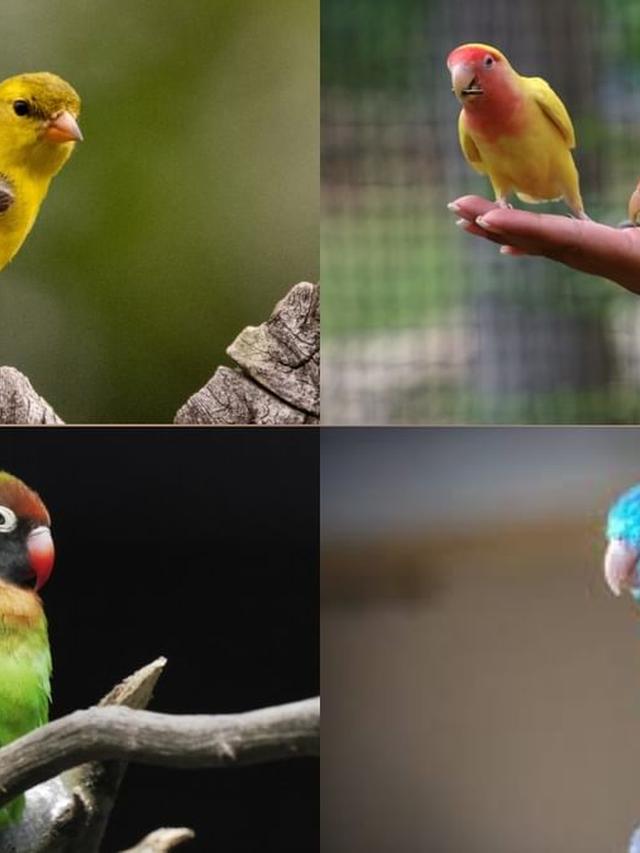The Komodo dragon (Varanus komodoensis) stands as a testament to both the ancient lineage and predatory prowess within the animal kingdom.
Native to the Indonesian islands, these formidable creatures have earned a fearsome reputation not only for their size and strength but also for their remarkable speed and agility in hunting.
Physical Attributes

Komodo dragons are the largest lizards on Earth, often growing up to 10 feet in length and weighing as much as 150 pounds.
Despite their size, they are remarkably agile and swift when it comes to pursuing prey.
Their bodies are streamlined and muscular, adapted for both strength and speed in their rugged island habitat.
Speed on Land

While not built for sustained high-speed chases like big cats, Komodo dragons can reach surprising bursts of speed when hunting.
They are capable of sprinting up to 12 miles per hour in short bursts, using their powerful limbs and long, muscular tails to propel themselves forward.
This agility allows them to close in swiftly on prey that might otherwise escape.
Agility in Terrain

Komodo dragons inhabit a variety of terrains, from dense forests to open savannas and coastal regions. Their agility in navigating these landscapes is crucial to their hunting success.
They can climb trees to raid bird nests or hide in thick undergrowth to ambush passing prey.
Their ability to move swiftly over rocky or sandy terrain also enhances their predatory capabilities, making them versatile hunters across different environments.
Hunting Techniques
Komodo dragons are apex predators in their ecosystem, primarily hunting medium to large-sized prey such as deer, wild boar, and even water buffalo.
Their hunting techniques combine stealth, ambush tactics, and sheer power.
Ambush Predators: Komodo dragons often lie in wait near game trails or water sources, relying on their camouflage and patience to surprise unsuspecting prey.
Venomous Bite: Their saliva contains a potent mix of bacteria and venom that aids in weakening and eventually incapacitating their prey.
Once bitten, the prey often succumbs to infection or blood loss, allowing the Komodo dragon to follow it at a safe distance until it collapses.
Cooperative Hunting: While primarily solitary hunters, Komodo dragons have been observed hunting in pairs or small groups, especially when tackling larger prey.
This cooperative behavior increases their chances of success when facing formidable opponents.
Feeding Behavior
Once the prey is down, Komodo dragons use their serrated teeth to tear off chunks of flesh, devouring their meals in large pieces.
Their strong jaws and serrated teeth enable them to consume even bones and hooves, ensuring that no part of their kill goes to waste.
Conclusion
The Komodo dragon’s speed, agility, and hunting techniques have evolved over millennia, shaping them into efficient and formidable predators.
As apex predators in their ecosystem, they play a crucial role in maintaining the balance of their island habitats.
Studying their hunting behaviors not only sheds light on their evolutionary adaptations but also underscores the importance of conservation efforts to preserve these remarkable creatures for future generations to marvel at and learn from.
In conclusion, the Komodo dragon stands as a testament to the marvels of nature’s design, showcasing how speed, agility, and predatory skills can coalesce into a truly formidable apex predator.
Let me know if you need any changes or further details!






